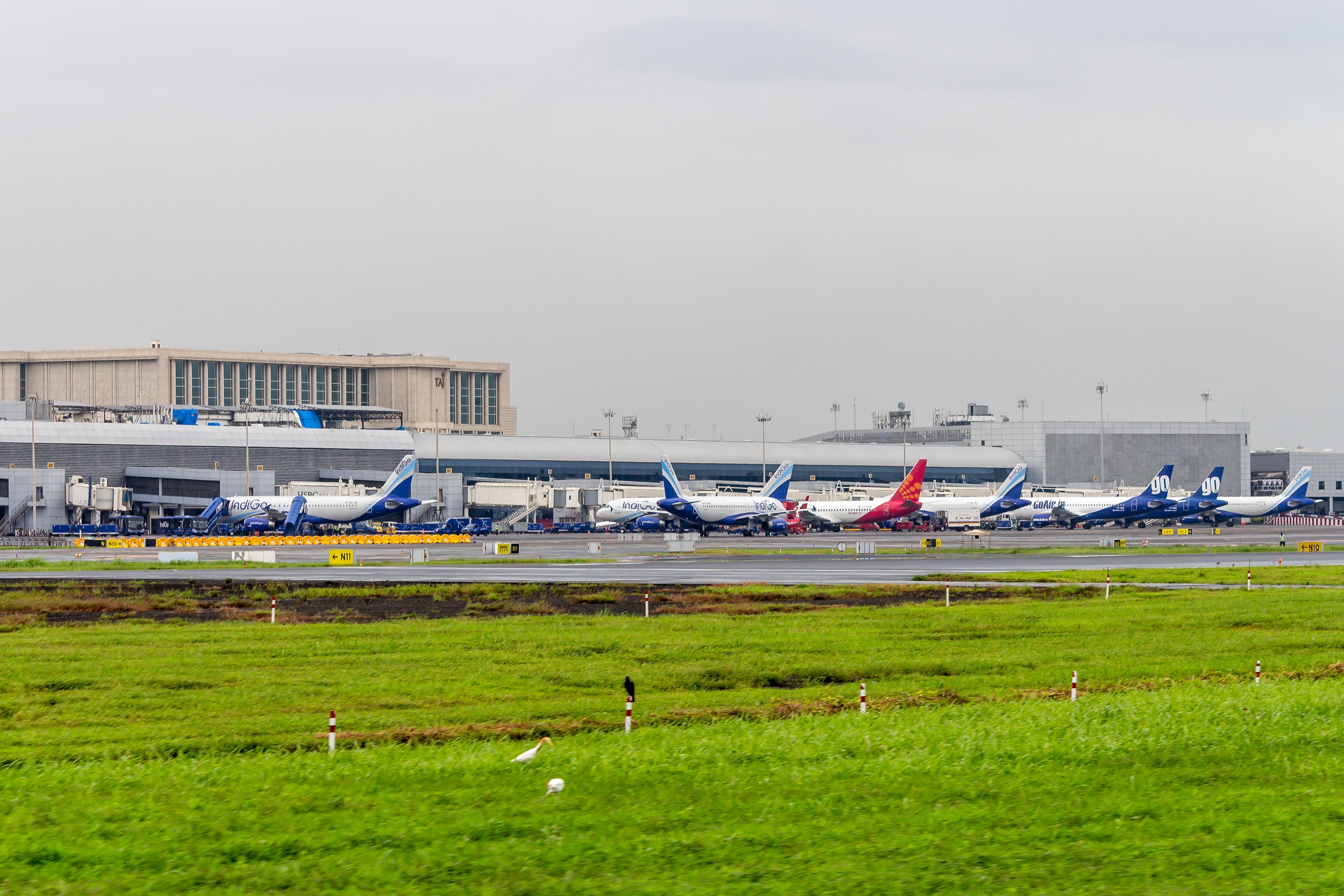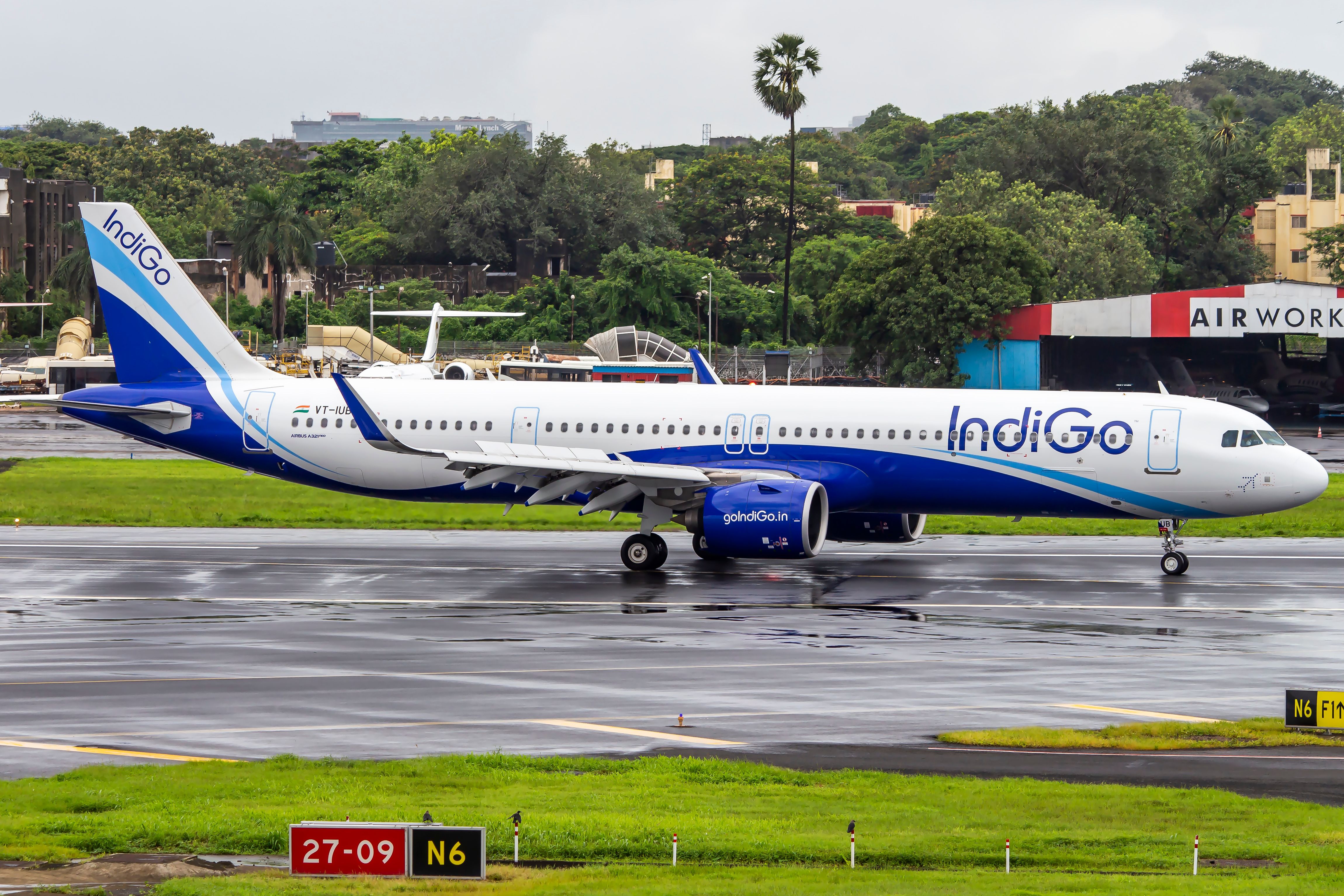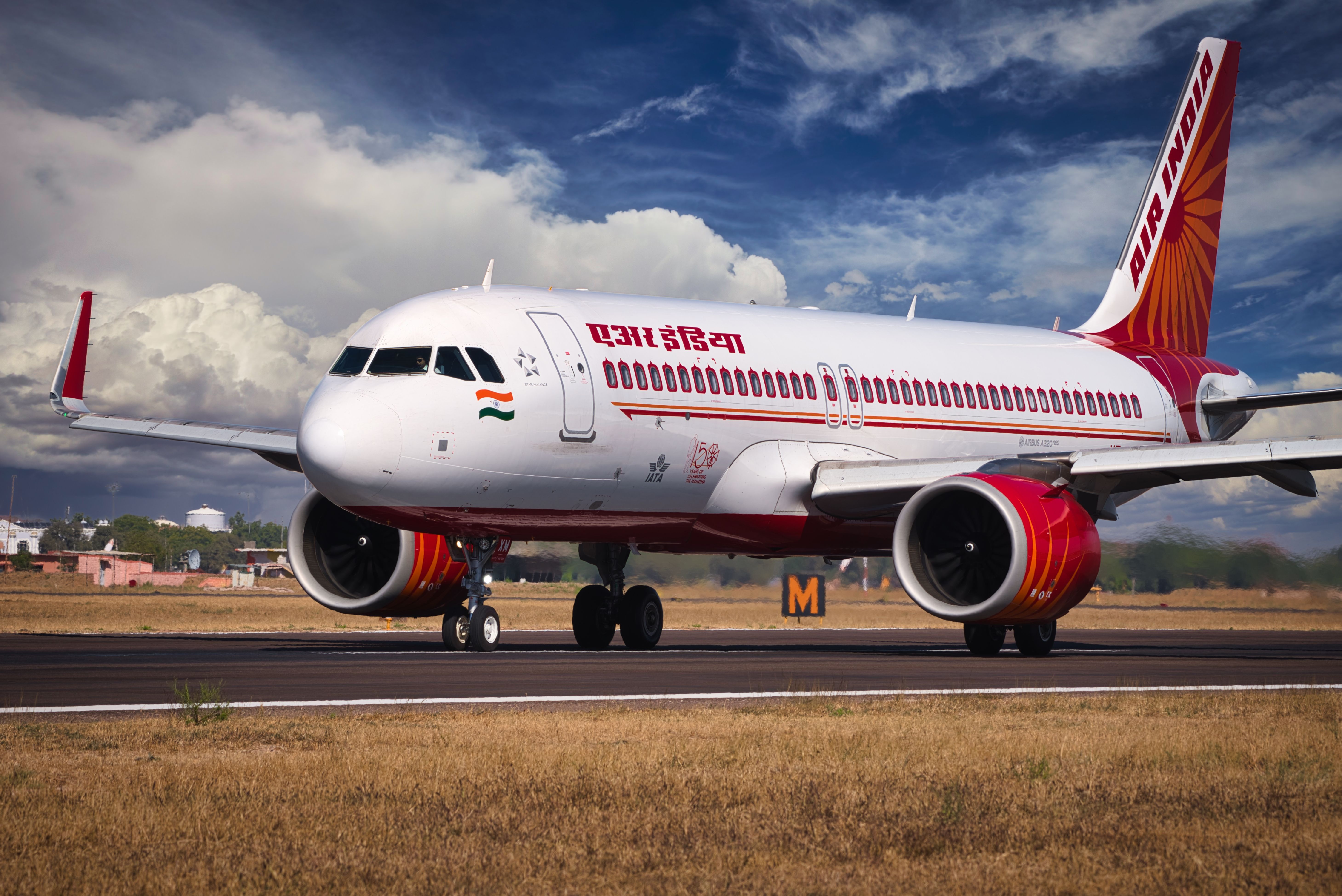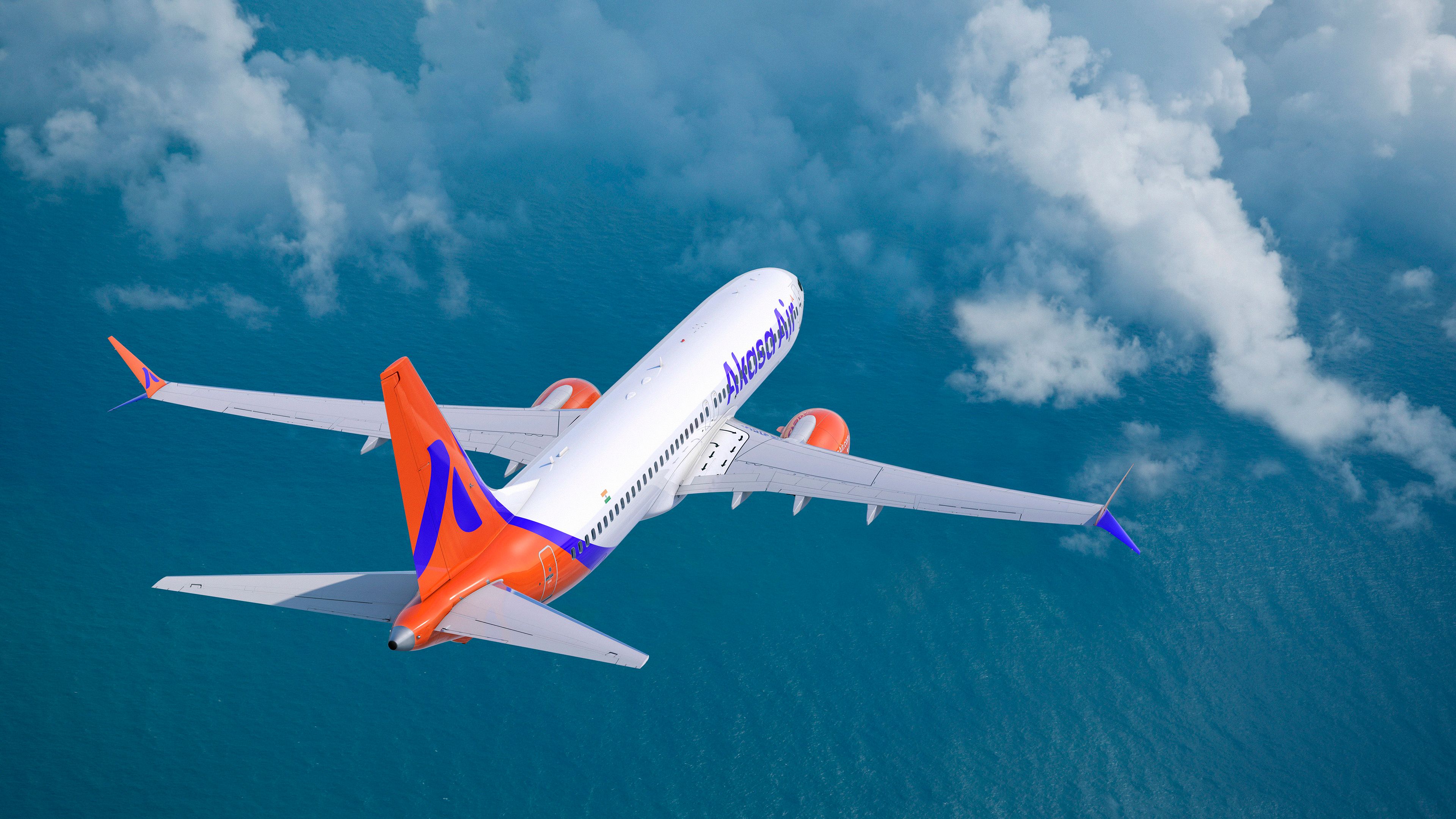As Indian airlines march ahead with big expansion plans, the country's overall fleet size could increase rapidly over the next few years. Carriers, including Air India, Akasa Air, and IndiGo, among others, have placed significant orders that will add hundreds of new airplanes to the country's name in less than a decade.
More than 100 aircraft every year
An IANS report takes a closer look at India's airplane fleet development, citing data from the aviation ministry, and says that India could have around 1,200 planes by 2027. This is likely to happen as Indian carriers are slated to add approximately 100 to 110 new aircraft annually.
India had around 400 airplanes in 2013. This has more than doubled in less than a decade, with the number increasing to 700 by 2021-22. IndiGo alone accounts for 300 of those planes, a feat it achieved recently, becoming India's first airline to have that many planes.
Given the growth projection of its aviation market in the coming years, India will need all the planes, and the supporting infrastructure, to meet demand. The Airports Authority of India has projected that India's passenger number could swell to 412 million in 2024-25. Naturally, the country needs a substantial fleet size to cater to the increasing demand.
Get the latest aviation news straight to your inbox: Sign up for our newsletters today.
Significant orders
IndiGo burst onto the scene in 2006 with a record-breaking order. This trend has not slowed, and the carrier still awaits more than 500 planes from Airbus. This ensures it is well future-proofed and holds a place in the packed delivery queue for the A320 family. Even after the pandemic hit, IndiGo continued to take deliveries, using the sudden availability to quadruple its A321neo fleet and replace all aging jets.
Air India is also expected to place a large order of up to 500 airplanes from Airbus and Boeing. The orders could include almost 400 narrowbody planes and 100 widebodies of all the popular twin-engine planes such as the Boeing 787, 777, and Airbus A350.
Other airlines, such as SpiceJet and Akasa, also have plane orders to enhance their fleet with Boeing's latest generation 737 MAX aircraft. Akasa alone plans to induct 72 planes by 2027.
Supporting infrastructure
Another important part of India's growth story will come from airport infrastructure. Recently, the Indian government gave 'in-principle approval' to 21 greenfield airports to be built in the coming years in several regions of the country.
Check out more Indian aviation news here.
Several greenfield airports have been operationalized in the last few months and years, such as Pakyong (Sikkim), Kannur (Kerela), Kalaburagi (Karnataka), Sindhudurg (Maharashtra), Kushinagar (Uttar Pradesh), and Orvakal (Andhra Pradesh). The aviation ministry hopes to add nearly 80 airports in the next five years to meet the increasing passenger demand.
Furthermore, the government and private sector together are likely to spend ₹980 billion (almost $12 billion) in the next few years for airport development in the country. State-owned Airports Authority of India alone is expected to spend around $3 billion to develop new airports and upgrade the infrastructure of existing airports.
What are your views on this? Please leave a comment below.
Source: IANS




